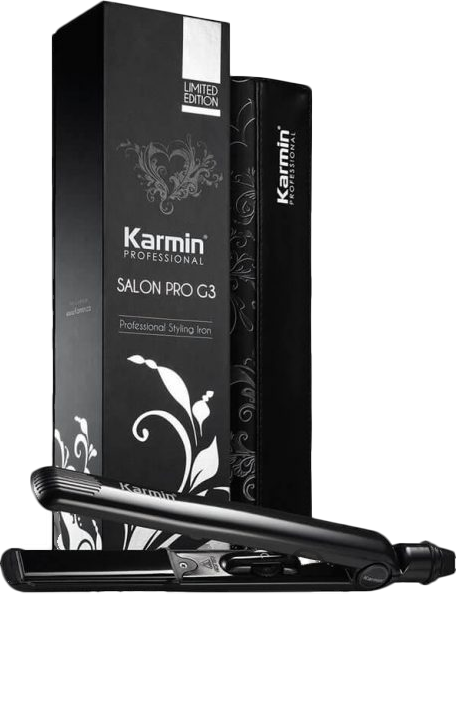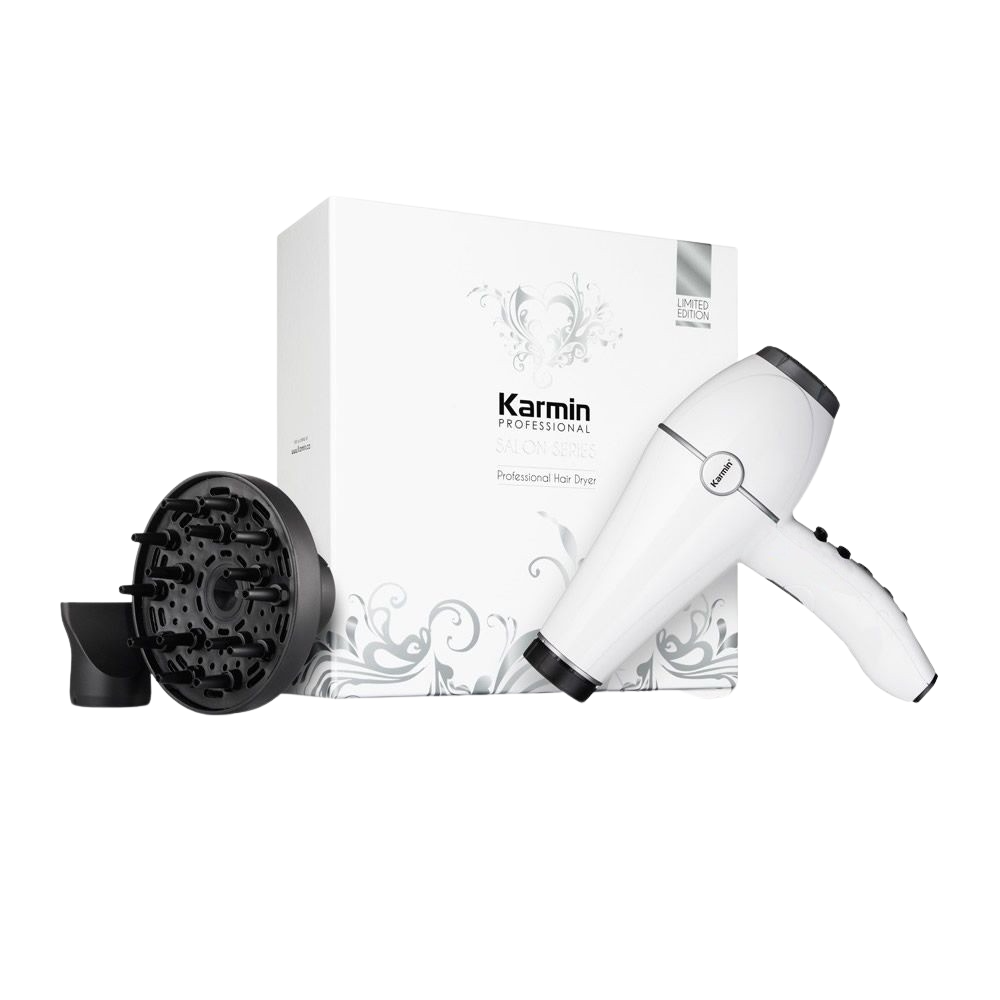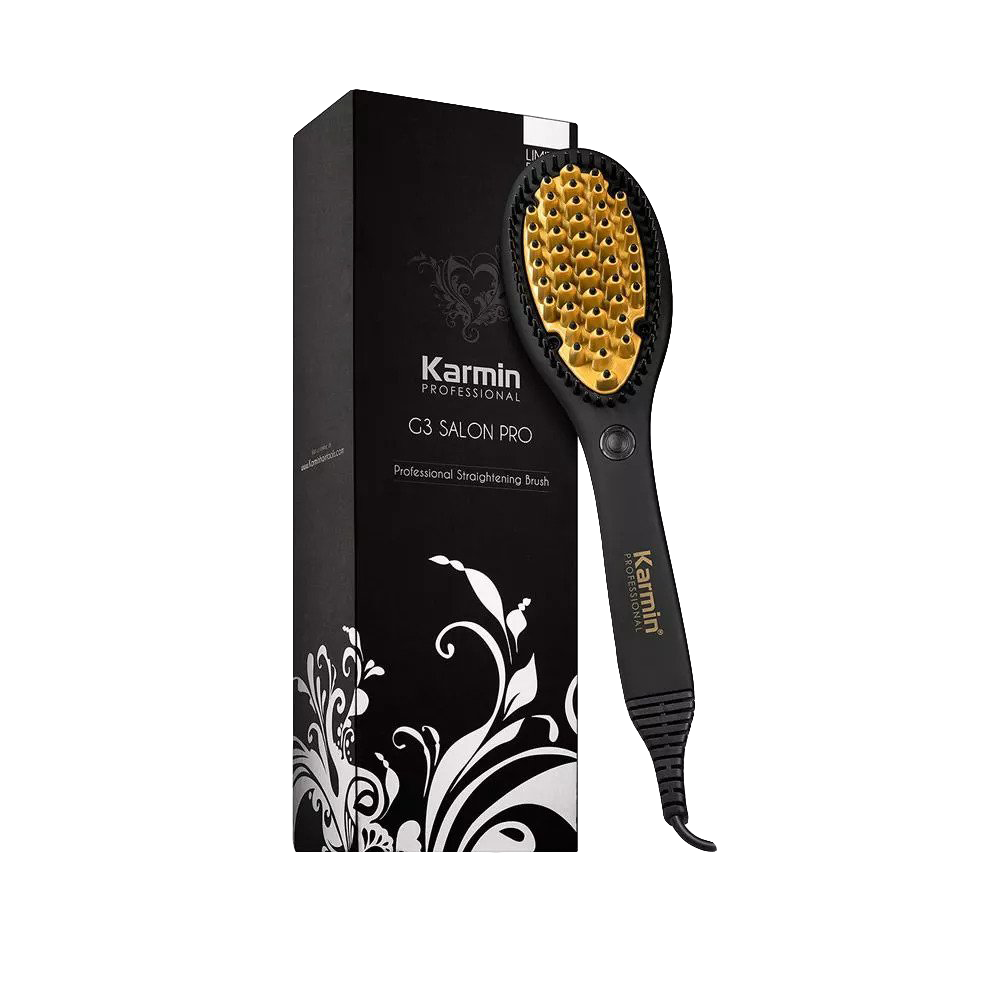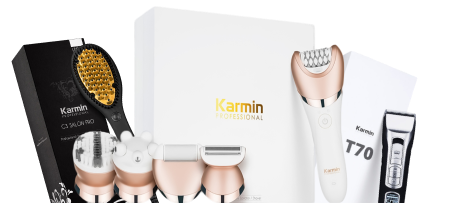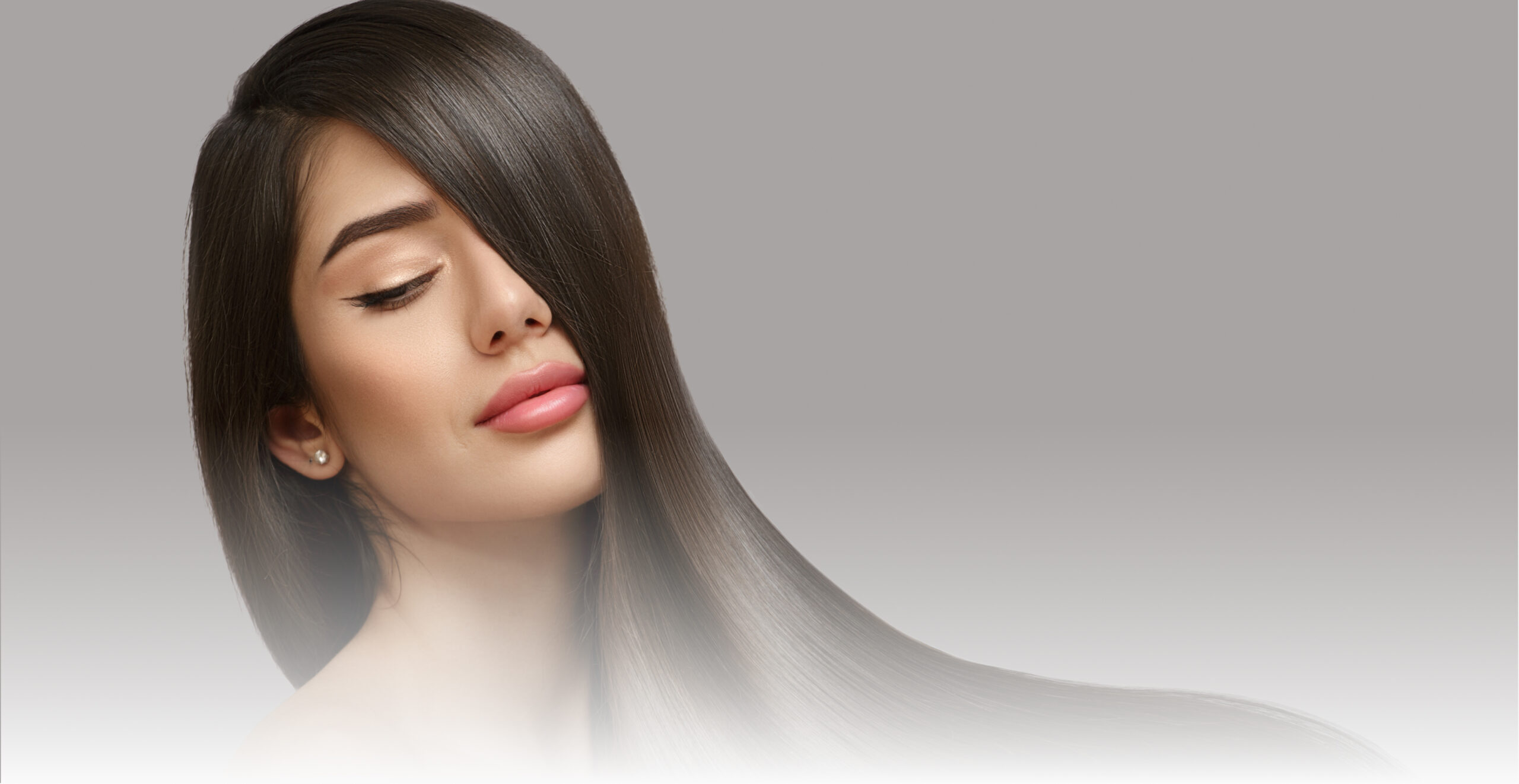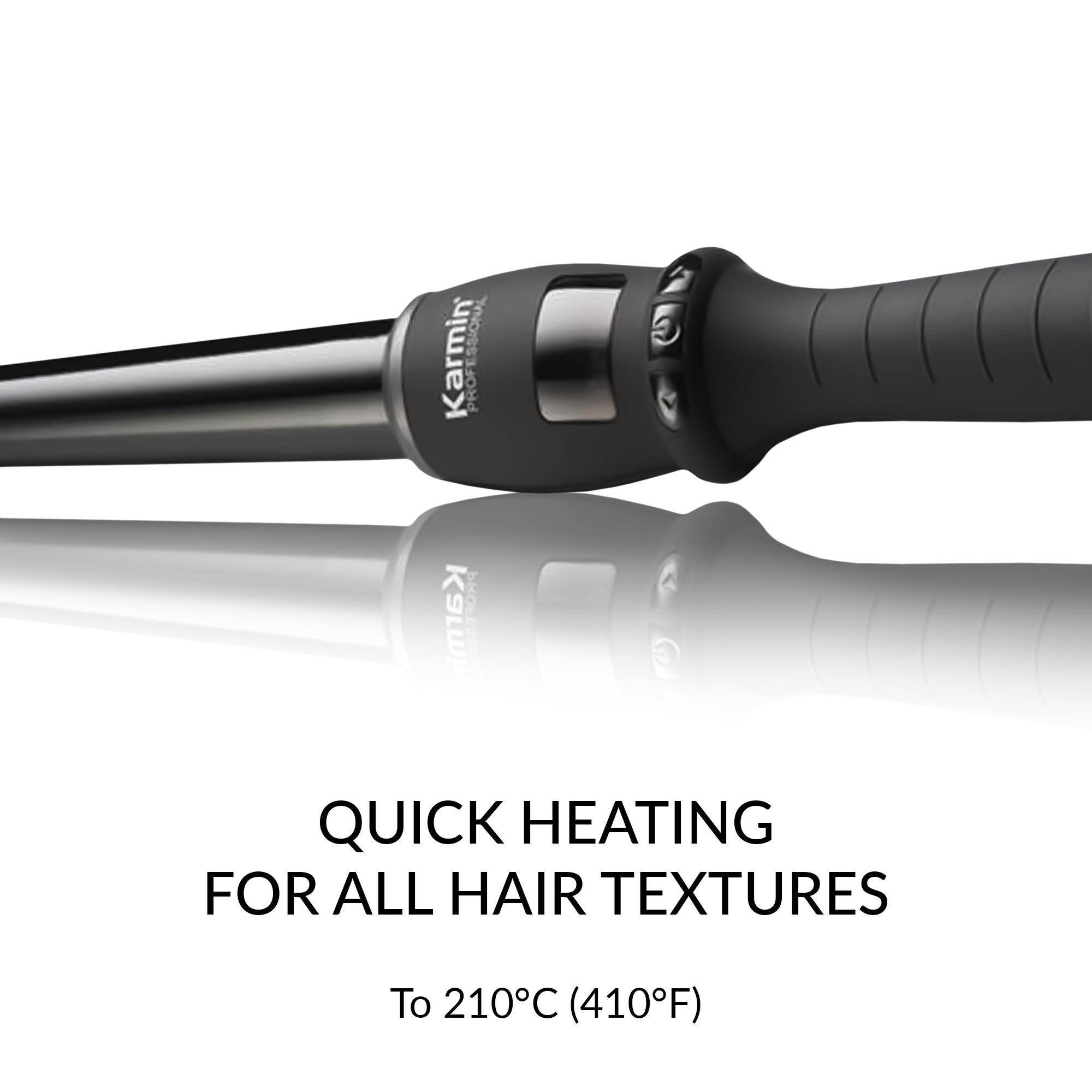Your cart is empty.
Whether it is a few sun-kissed highlights or an all-over color to cover up annoying grey hairs, hair coloring is one of the most popular beauty treatments sought by women around the world. From at home, “do-it-yourself” kits to expensive salon visits, changing your hair color is the fastest way to give your overall appearance a boost.
But with coloring comes the risk of damage to your tender tresses. Most hair coloring procedures rely on harsh chemicals to open the hair shaft and prepare your hair to accept the new color. Repeated exposure to these products often leaves your locks dry, damaged and vulnerable.
Obviously, the best way to avoid this damage is to stop coloring your hair. But for many women, that simply is not an option. Read on for tips to rescue your color-treated hair from unnecessary damage.
Avoid Damage In The First Place
Before your next date with the colorist, book a pre-color trim first. Your ends are the weakest point of the hair shaft, and tips that are already fried will absorb excess chemicals, making the damage even worse. Getting rid of the damage before you color will keep your ends healthy and strong.
When choosing a hair color, opt for semi-permanent products. These specially formulated products are less harsh than permanent hair color. While the semi-permanent color will fade faster, it will also be less damaging to your vulnerable strands.
Treat Existing Damage
If the damage is already done, there is still hope. The key is keeping your damaged locks as moisturized as possible. Daily conditioner is an absolute must for color-damaged hair. Look for products specially formulated to treat color-damaged hair, as these products have extra doses of highly effective moisturizers that will give your strands immediate relief.
Don’t forget to use a deep conditioner once per week. These periodic treatments allow moisture to penetrate the hair shaft from tip to root, which isn’t always possible when you condition in the shower. You can purchase deep conditioning treatments or make your own at home. One simple approach is to saturate your hair from tip to root with olive or coconut oil, then cover with a plastic shower cap. Leave the oil on your hair for a few hours (go read a book, do some household chores or just take a nap), then rinse, wash and condition your hair as normal.
Lay Off The Heat
Color treated hair is far more susceptible to damage than healthy hair. If you are already coloring your hair, avoid exposing your strands to extreme heat from blow dryers and styling tools, especially on a daily basis. Color treated hair requires extra TLC to avoid damage, and harsh, heat-reliant styling regimens will only accelerate the damage.
When All Else Fails
Sometimes, no matter how careful you are, color damaged hair will not respond to any type of repairing efforts. In those cases, the least frustrating decision may actually be to just go ahead and cut off the damaged hair. While it may be the least desirable option, there are many cute short hairstyles that will help you cope while new, healthy hair grows out.
